MSNBC
The Rachel Maddow Show / The Maddow Blog
 epa06169232 US President Donald J. Trump attends a joint news conference with President Sauli Niinisto of Finland in the East Room of the White House in…MICHAEL REYNOLDS
epa06169232 US President Donald J. Trump attends a joint news conference with President Sauli Niinisto of Finland in the East Room of the White House in…MICHAEL REYNOLDS
GOP senator asks whether Trump is ‘recanting’ his oath of office
By Steve Benen October 12, 2017
In 2009, after President Obama had been in office for about eight months, he and some of his top aides had some unkind things to say about Fox News. As regular readers may recall, the Beltway establishment did not take it well.
The Washington Post’s Ruth Marcus, for example, was outraged – not because the Democratic president had said something untrue, but because Obama had the audacity to criticize a major news organization directly. Marcus called the White House’s Fox criticisms “dumb,” “childish,” “petty,” “self-defeating,” and having “a distinct Nixonian … aroma.”
Soon after, Sen. Lamar Alexander (R-Tenn.) took the Senate floor to complain that the White House’s criticism of a news organization was evidence of the president’s team creating an “enemies list.”
Eight years later, I wonder what the reaction would’ve been if Obama had threatened the broadcast licenses of news organizations that ran reports that the White House disapproved of.
Yesterday morning, Donald Trump, apparently irked by NBC News, asked rhetorically at what point it might be “appropriate to challenge” the broadcast licenses of networks he apparently doesn’t like. He went on to suggest major American news organizations are “bad for country!” Ten hours later, the president turned the question into a statement.
“Network news has become so partisan, distorted and fake that licenses must be challenged and, if appropriate, revoked. Not fair to public!”
Sen. Ben Sasse (R-Neb.), an occasional Trump critic who nevertheless votes with the White House’s position in nearly every instance, responded by asking whether the president is “recanting” his oath of office – since it was nine months ago when Trump swore to “preserve, protect, and defend” the Constitution, which includes the First Amendment.
And while that’s a compelling point, all of this got me thinking: if Trump’s authoritarian instincts got the best of him, and he actually tried to follow through on these threats, what would (or could) he do?
TPM’s Tierney Sneed had a helpful piece on this:
First off, NBC itself as a broadcast network isn’t licensed by the FCC. NBC’s potential vulnerability would come as the owner and operator of 28 individual local stations, including its Telemundo station (There are also dozens of NBC affiliates that NBC does not own and thus does not hold the licenses to.)
Second, the FCC license renewal process Trump suggested could be used to retaliate against NBC occurs every eight years. According to experts, it’s basically a rubber stamp and stations’ licenses are almost always renewed, though citizens in the localities of a station can technically challenge a license, as can a station’s competitors, if the station is doing competitive harm. To challenge NBC’s licenses, someone would have to do so in each of the individual local communities and they would face an uphill battle, legally speaking, especially after the deregulation that occurred starting with the Reagan administration.
I rather doubt Trump is aware of these details. Call it a hunch.
Postscript: Richard Nixon actually did use his office to go after media outlets’ licenses during the Watergate scandal in 1973. Those who compared Obama to Nixon in 2009 were apparently off by eight years (and one president).
Second Postscript: Because there’s a contradictory tweet from the president’s recent past, let’s note that in May 2013, Trump denounced the Obama administration’s efforts to “intimidate” reporters. The irony is rich.

 How Trump’s executive order could weaken Obamacare
How Trump’s executive order could weaken Obamacare
 Trump signs executive order on health care
Trump signs executive order on health care CREDIT: SCREENGRAB
CREDIT: SCREENGRAB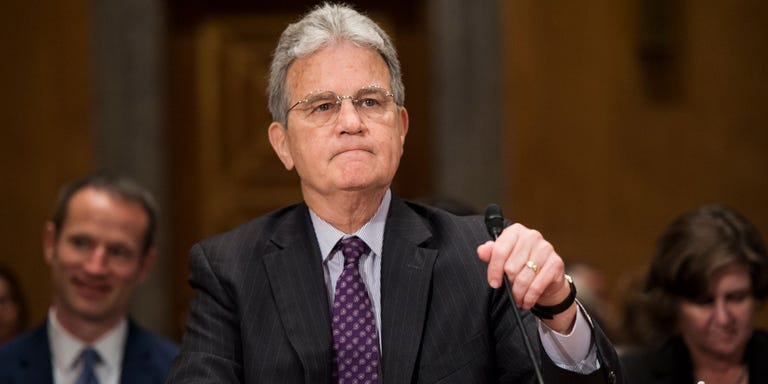 Getty
Getty

 Photo illustration: Yahoo News; photos AP [3], Getty Images.
Photo illustration: Yahoo News; photos AP [3], Getty Images.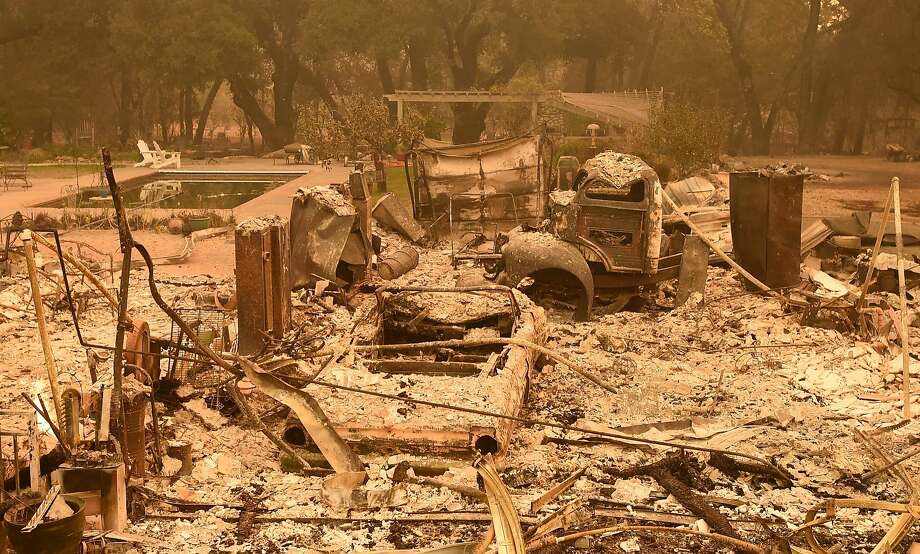 Photo: JOSH EDELSON, AFP/Getty Images
Photo: JOSH EDELSON, AFP/Getty Images Getty
Getty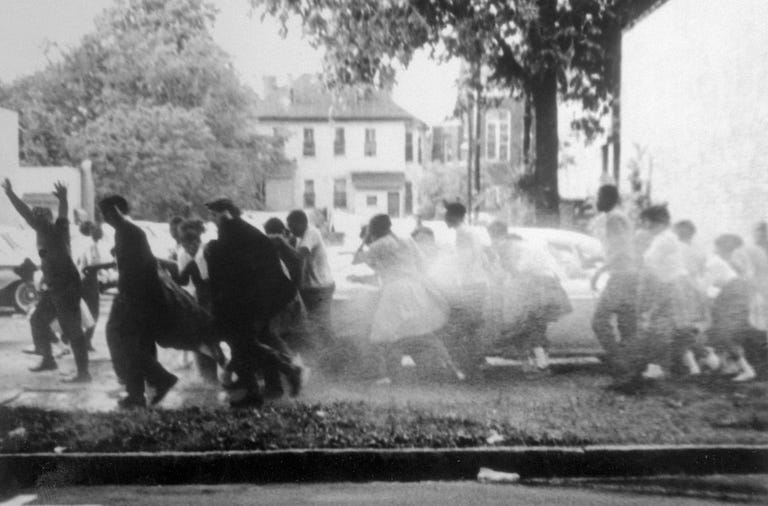 Getty
Getty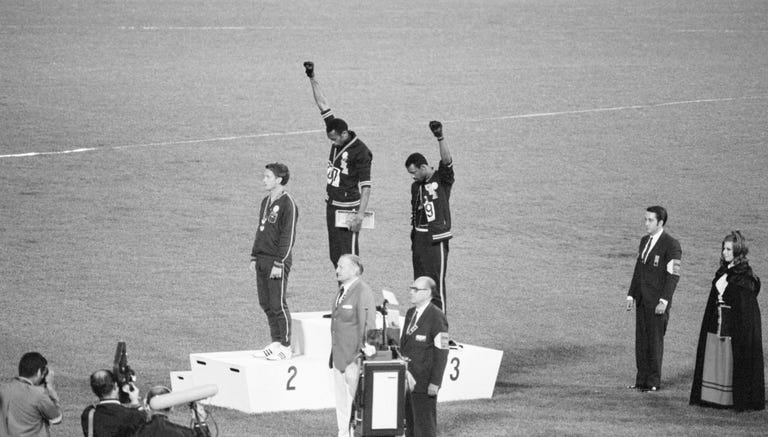 Getty
Getty Flames from a massive wildfire burn in Napa, CA. (CREDIT: AP Photo/Rich Pedroncelli)
Flames from a massive wildfire burn in Napa, CA. (CREDIT: AP Photo/Rich Pedroncelli) Credit: CBS This Morning
Credit: CBS This Morning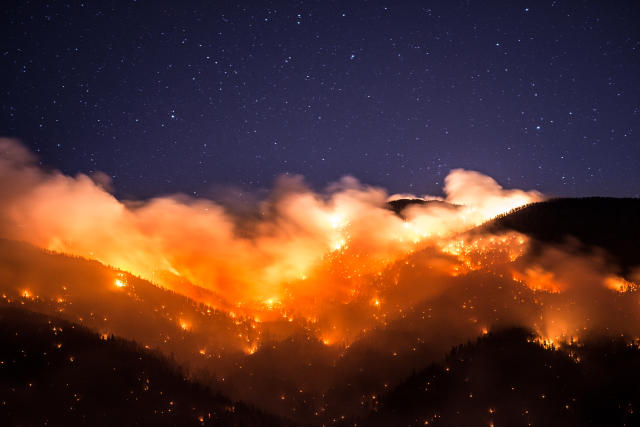 Lake Fire | Big Bear June 2015
Lake Fire | Big Bear June 2015